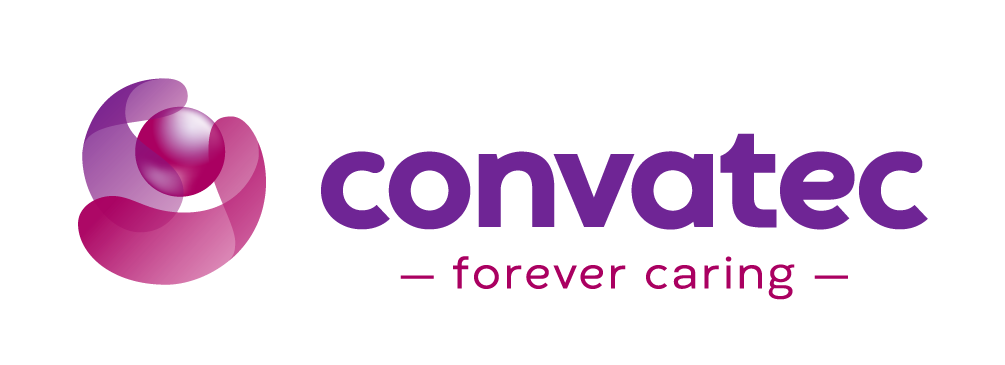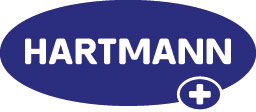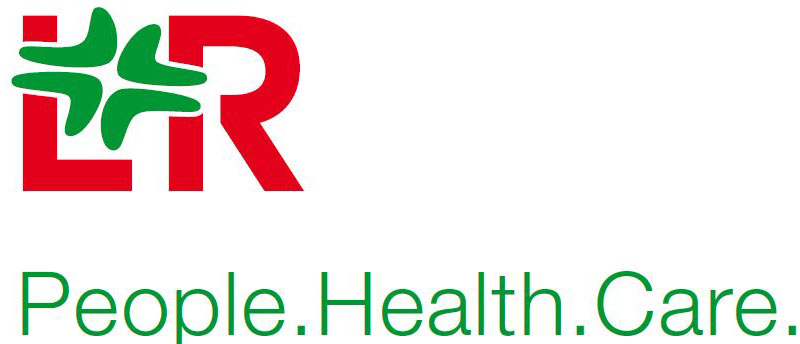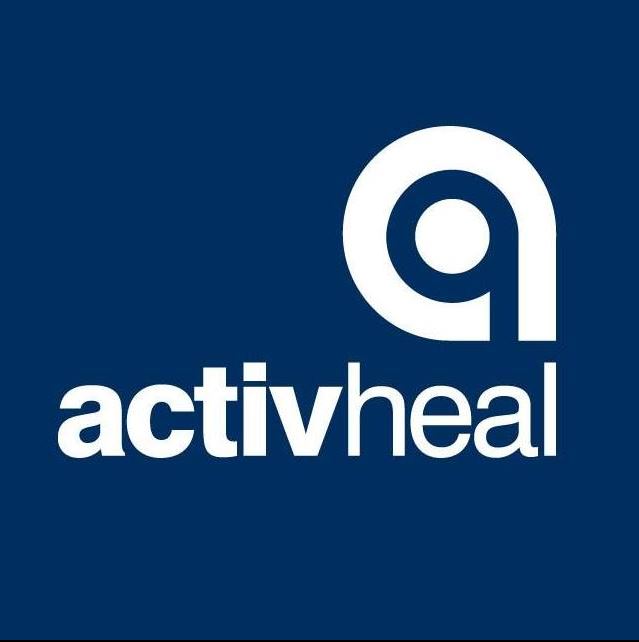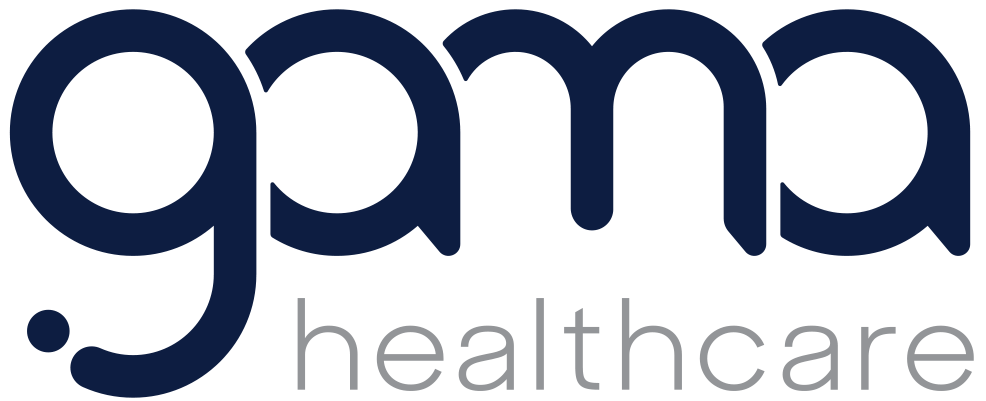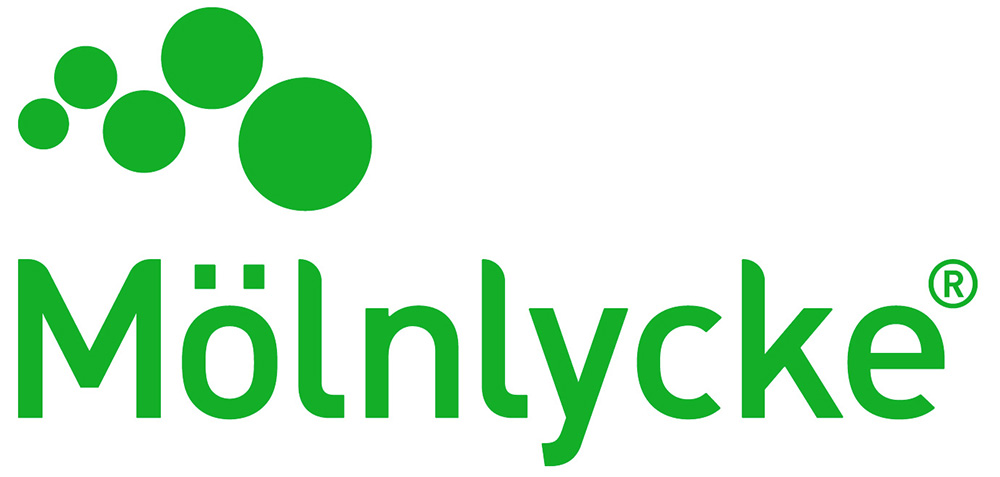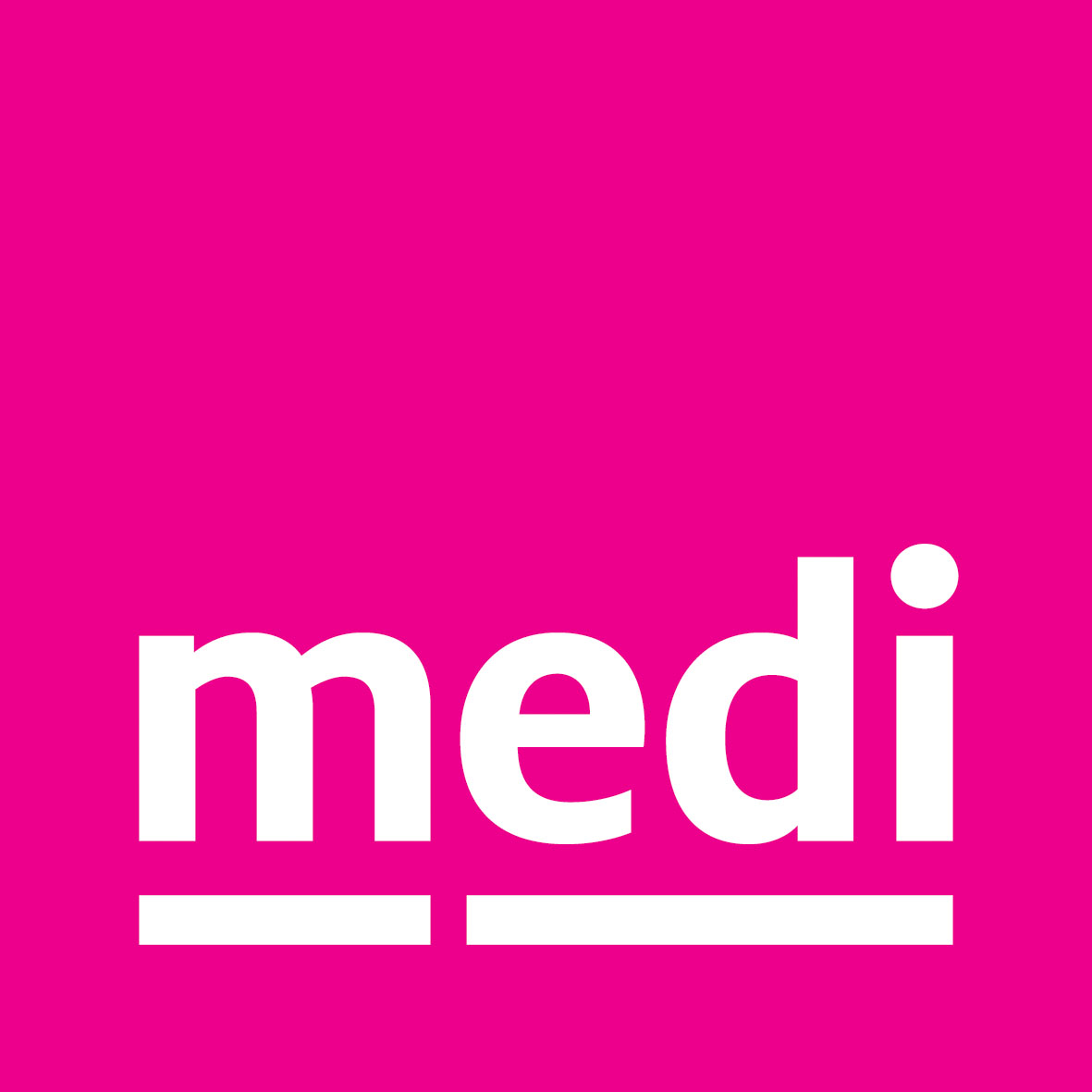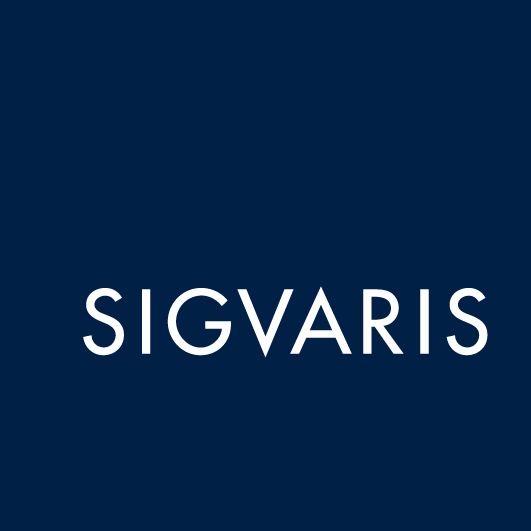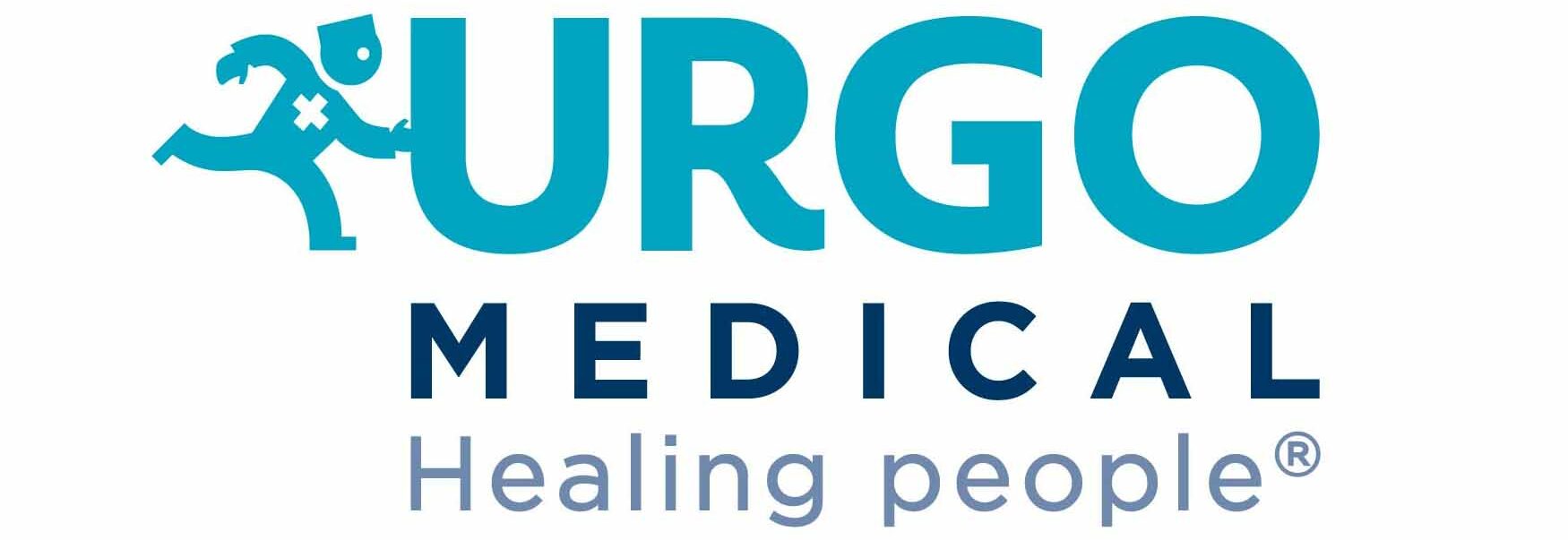Rini Bhatnagar
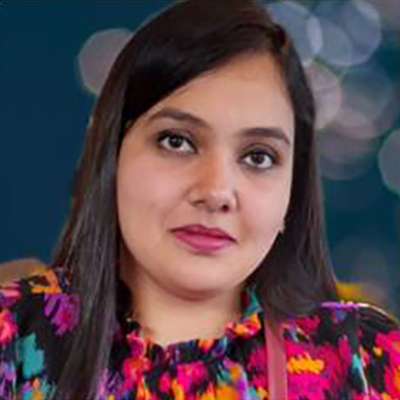
Rini holds a PhD in Public Health from University College Dublin. She also earned a Master’s in Public Health from University College Dublin and is a registered dentist in India.
Her doctoral research focused on clinical outcomes, the impact of the COVID-19 pandemic, and the caregiving burden on children with cystic fibrosis and their families. Her research interests encompass chronic diseases, caregiving burden, digital health and integrated care, with a strong emphasis on enhancing patient outcomes through innovative approaches.
Free Paper Presentation (Research category) at The Society of Tissue Viability 2025 Conference
Integrating Digital Technology in Chronic Wound Management: The ICAREWOUNDS study
Abstract
Introduction – ICAREWOUNDS is an ongoing European Commission-funded project under the EU Horizon Europe Research and Innovation Programme, focused on developing and validating a digital, patient-centric platform integrating novel and existing e-health solutions with trustworthy artificial intelligence technology. A key component of this project is co-design method, which is crucial in ensuring the platform’s alignment with real-world clinical needs. To obtain multiple expert viewpoints, facilitate iterative feedback, and foster a shared understanding of challenges, stakeholder mapping and co-design workshops were conducted. This abstract explains co-design method used in developing a patient-oriented integrated care (IC) model that will guide the digital platform. Currently, the project is in its initial prototype development phase, which will be tested in a usability and feasibility study.
Methods – Co-design method was used to combine the expertise of knowledge partners with needs of local ecosystems in Ireland, improving the relevance and innovation of digital platform through stakeholder collaboration in chronic wound (CW) management. This method also contributed to developing the IC model.
Two workshops were conducted at National Rehabilitation Hospital (NRH) in Ireland focusing on spinal cord injury patients with pressure injuries: stakeholder mapping workshop (n=12) and co-design workshop (n=13). Participants included nurses, physiotherapists, former patients, researchers, policymakers, and patient support organisations, chosen for their expertise and diverse perspectives.
Results – Stakeholder mapping identified key stakeholders: patients, healthcare professionals, patient support organisations, government health agencies, research institutions, and public-patient involvement groups. Barriers to stakeholder engagement included limited knowledge, resistance to change, under-resourcing, time constraints, and budget restrictions. The co-design workshop identified significant challenges in CW management: high staff turnover in large acute hospitals hinders tissue viability nurses from educating staff effectively, inadequate tissue viability nursing services in Irish community, staff burnout intensified by resource constraints, and poor integration of healthcare services. Also, no technology has been used in CW management at NRH.
Conclusion – This project, currently in its prototype development phase represents significant advancement in digital, patient-centric wound care. Workshops identified significant challenges, guiding the IC model’s refinement to meet practical needs. The digital platform promises to be a valuable resource for healthcare providers, streamlining clinical workflows and facilitating more integrated approach to CW care.

